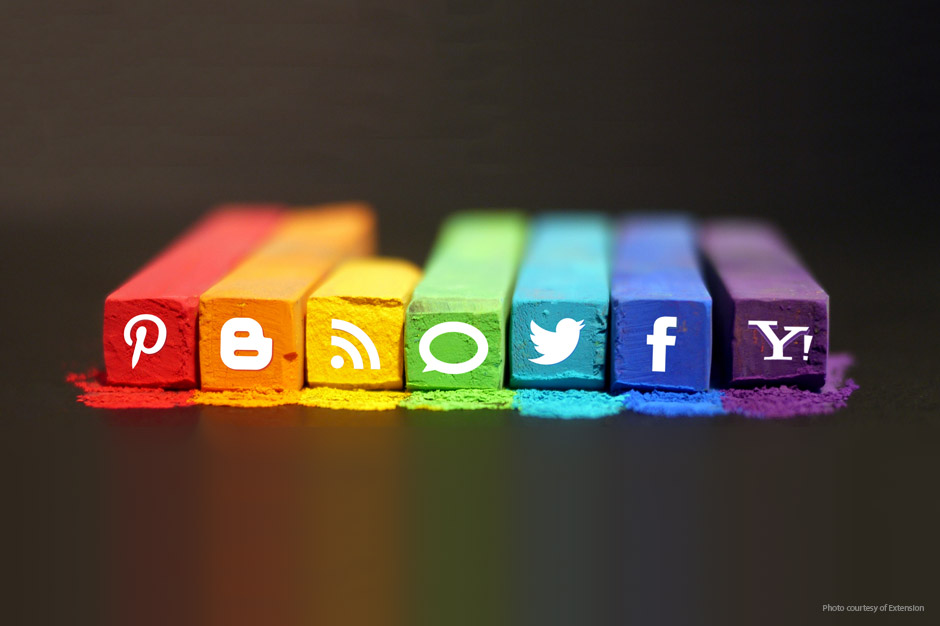"We need to do social media!" exclaimed the CEO. "My kids are telling me it's the thing to do!" He continued, "If we could just get a few tweets out there, we could solve all of our problems." Everyone's looking to new media advertising to change everything.
I'd like to report the above proclamation is unique, but, in fact, our agency hears it more frequently each month. Company leaders and marketers are selecting new media advertising options they know very little about simply because they have been sprinkled with the newest media "magic pixie dust." A friend, a child, or a young marketing associate promises them the cure to all business ills if they will just start a Facebook page. And the best thing? (they say...) It's FREE!
Now don't assume I'm a curmudgeon when it comes to the newest of new media advertising. As one of the leaders of this part of our agency's work, new media advertising efforts are exciting to plan and execute. But none of them are FREE (remember that time IS money), nor will they "solve all [your business] problems." Many are on the bleeding edge rather than the leading edge, and all have yet to find their level. For example, in social networking, you'd be one of the VERY FEW success stories if your effort adds to the bottom line of your business at all.
A good perspective to have on new media advertising is to include it as a test, as appropriate, in your media mix; however, don't rely solely on the latest new media advertising options to do the heavy lifting. Some new media advertising options (e.g., paid search and email marketing) have already proven themselves and are almost always appropriate to include in your campaigns. But remember MySpace? Banner ads? Forums? They are yesterday's news.
Let me provide a couple of examples to illustrate how "success" can vary depending on the factors used to define success. These are examples that have been proclaimed as new media advertising successes by one or more independent sources.
Viral Video (new media) vs. Promotion (traditional media)
According to the July 26, 2010 issue of Advertising Age, the all-time #1 viral video success was "The Man Your Man Could Smell Like," a YouTube series produced for Old Spice. The result? A market share increase of ... 0%!
During this same period, Ad Age points out that Gillette and Nivea For Men have both increased market share +0.3 and +0.2, respectively. They used the traditional media choice of promotion, with national drops of high-value coupons. And the number of viral video "successes" between these two brands? You got it ... zilch.
The Ad Age article even intimates that the only reason Old Spice didn't LOSE market share during this 52-week period was because they also implemented a subsequent couponing effort. And for those of you counting beans, the videos produced were far from free.
To give credit where credit is due, though, Old Spice did get some major brand exposure. The jury is out, however, on whether it got any major POSITIONING exposure. Time will tell as to whether the effort will turn into increased market share.
Email vs. Social Networks
This example is actually a new-media to new-media comparison, just so I don't come across as trashing new media. We know new media advertising is effective when used appropriately! I want to show that the effectiveness of media at reaching your audience is what matters most, not its newness. So, let's look at email, now considered "old" new media, against the two social network "new" heavyweights, Facebook and Twitter.
In a study published in 2010 by ExactTarget, 93% of Americans receive at least one permission-based email per day. Comparatively, for the same audience, only 38% are Facebook fans (those who have "liked" at least one organization's Facebook page). And, only 5% of the same audience are followers on Twitter.
The study states: "People who check email first tend to be motivated to interact with brands online by deals, promotions, or new product information, regardless of whether they're interacting with that brand on Facebook."
Furthermore, "People who initially check Facebook tend to become fans of brands for entertainment purposes or to show support --- not to obtain deals --- and are more likely to seek promotions primarily through email."
Overall, 58% of online consumers check email as their first online activity of the day, followed by a search engine or portal site (20%), and Facebook (11%).
The Conclusion
New media will always come along. Tomorrow's new media advertising option (could it be FourSquare? Groupon?) will become yesterday's news at some point. Mobile was supposed to be the hottest media by now, but, in fact, it's just now finding its level. iPads, aka tablets, aren't really new, but now the world is ready for them. TV and radio --- media dinosaurs --- are reporting higher ad buys simply because the cost has decreased.
The lesson is: Be careful about jumping into the latest new media at the expense of your marketing position. Tried and true media are still around for a reason --- they work. New media that work will eventually find their levels, and some may not even last in the media environment. Even MySpace, no longer a "hot" new media, has found its level in the entertainment space.
Media planning isn't easy. Nor is there a perfect science to it. Like advertising, it's a mix of art and science, aided by the rapid progress of analytics available for most media selections today. The challenge is one reason Innis Maggiore employs a dedicated media strategist and planner. It takes a specialist to start off on the right foot. And it takes a great client to perfect it!



